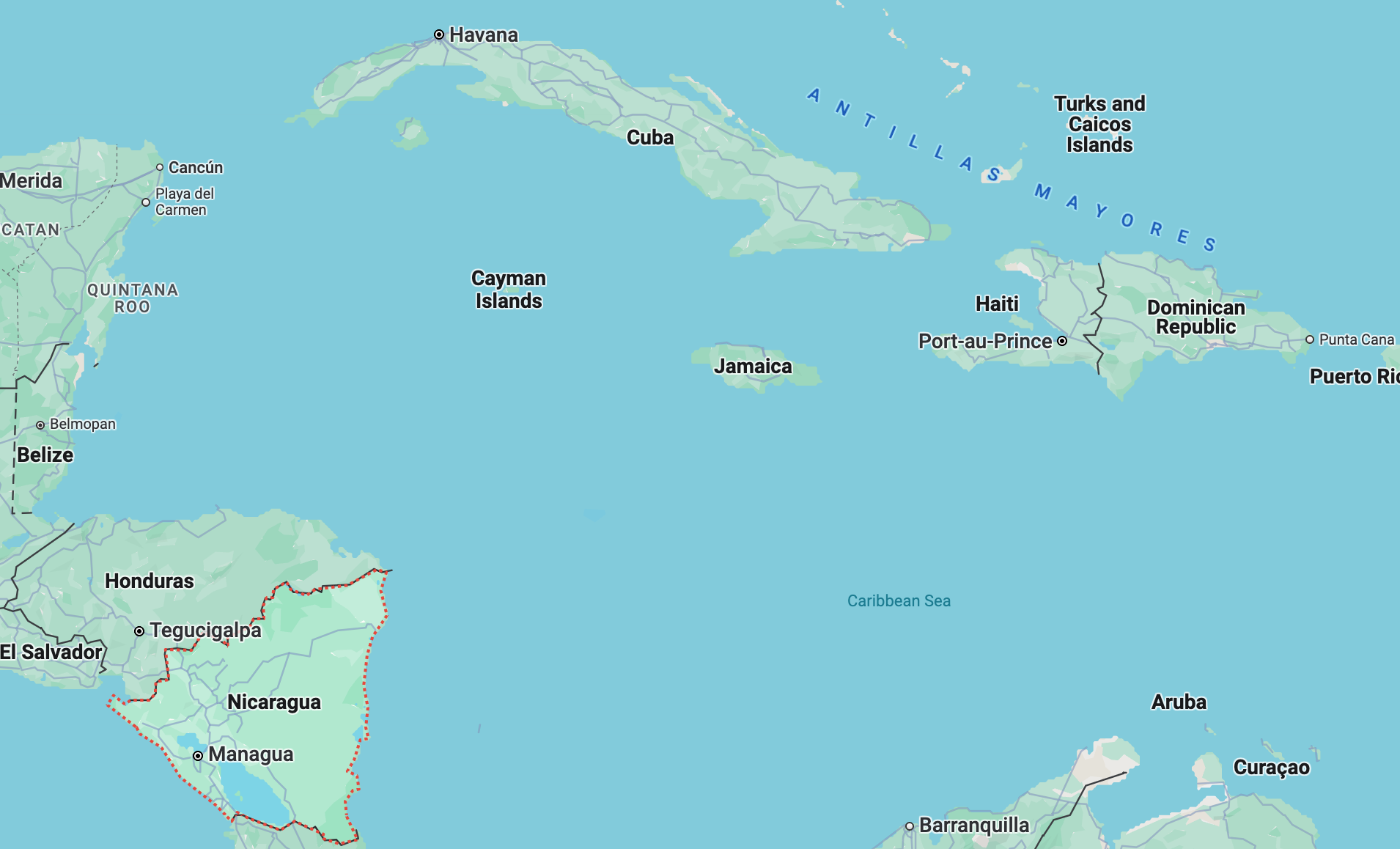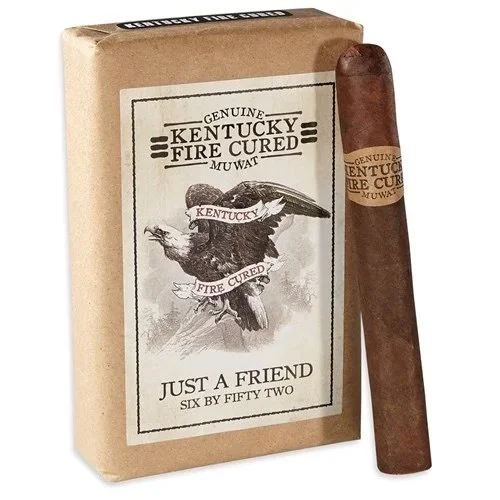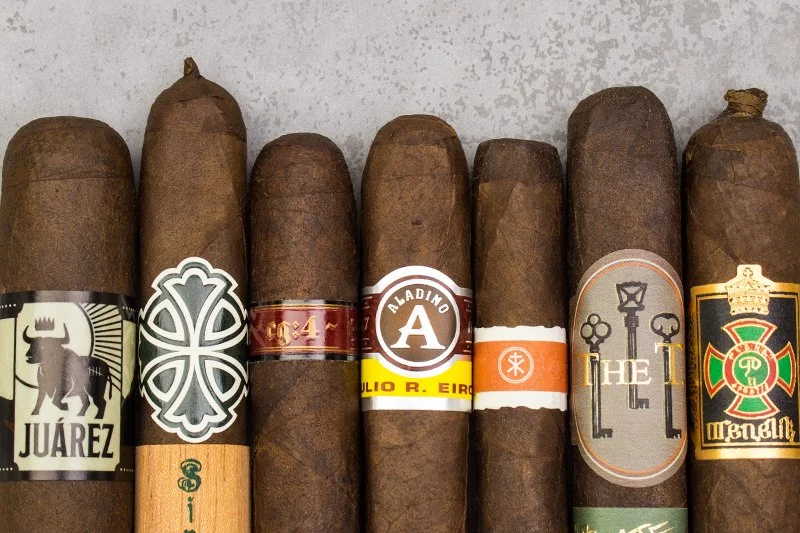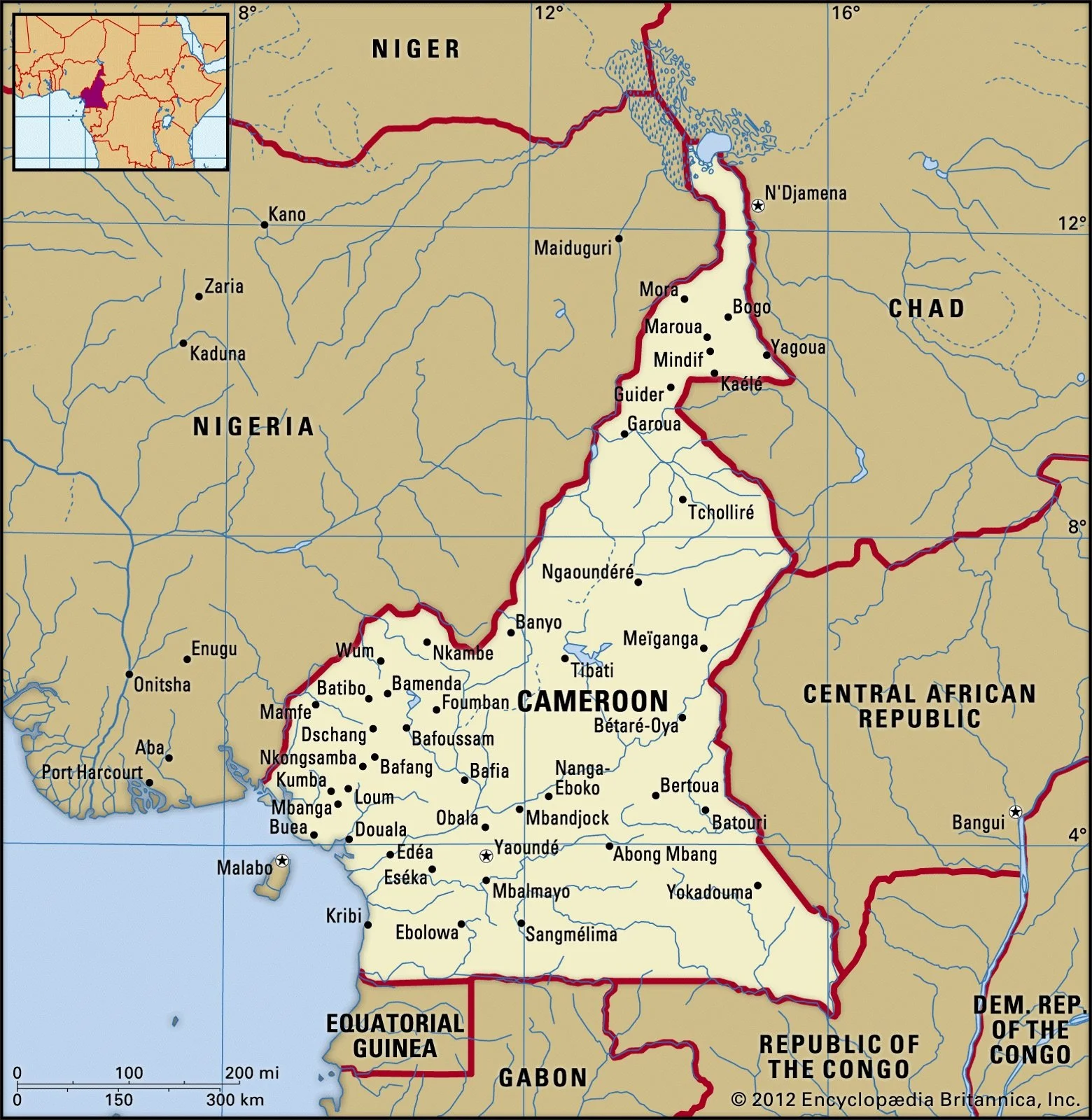Where Does Cigar Tobacco Come From?
Roughly 90% of the world’s premium cigar tobacco is grown in just a handful of regions, even though tobacco itself is cultivated across dozens of countries. Why? Because when it comes to cigars, not just any old soil, sun, or season will do. Cigar tobacco is a high-maintenance crop. It demands the perfect blend of climate, altitude, rainfall, and skilled hands. And while many have tried to force the plant to thrive in subpar conditions, only a select few places have consistently delivered the kind of leaf that ends up in a top-shelf smoke. Let’s take a long draw and explore the terroir of cigar tobacco, from the volcanic valleys of Central America to the surprisingly productive riverbeds of New England.
The Tropical Heart and Soul of Cigar Tobacco
When it comes to cigar tobacco, latitude matters. Most of the world’s finest long-filler tobacco comes from countries hugging the equator, where the sun is intense, the rain is regular, and the soil is rich with nutrients from centuries of volcanic activity.
After Cuba’s political upheaval in the 1960s, a mass migration of expert growers and cigar makers spread across Central and South America, bringing seeds, know-how, and an unrelenting passion for the leaf. They settled in countries that were close to Cuba in more ways than one—linguistically, culturally, and agriculturally.
Here’s a breakdown of the key tropical players:
Nicaragua
Nicaragua has become the heavyweight of cigar tobacco production. Its soils—particularly around Estelí, Condega, and Jalapa—are nutrient-dense thanks to centuries of volcanic activity. This region produces bold, flavorful tobacco with strength and complexity. It’s a darling among full-bodied cigar fans.
Dominican Republic
Long considered a powerhouse of premium cigar production, the Dominican Republic offers a broad spectrum of tobacco profiles, thanks to diverse microclimates. Areas like the Cibao Valley grow leaf with a smoother, creamier character. It’s also home to many of the world’s most respected cigar manufacturers.
Honduras
Often overshadowed by its neighbors, Honduras produces tobacco with deep, earthy tones. The Jamastran Valley is particularly renowned. Many cigars with a rugged or rustic flavor profile lean heavily on Honduran-grown tobacco.
Ecuador
While not traditionally thought of as a cigar hotspot, Ecuador’s cloud-covered skies are ideal for shade-grown wrapper leaf. Consistent overcast conditions help produce thinner, more elastic tobacco, prized for wrappers with subtle complexity and excellent combustion.
Brazil
Brazil is mostly known for its dark and oily Arapiraca and Mata Fina leaves—favorites for maduro wrappers. Brazilian tobacco often brings a natural sweetness, making it a standout in complex blends.
Costa Rica, Peru, Jamaica
These countries play more of a niche role in the premium cigar world, but they’re important nonetheless. Costa Rican leaf often features in boutique blends. Peruvian tobacco adds a touch of exotic spice and aroma. And while Jamaica’s tobacco industry has diminished over time, it once held significant prestige and is making small-scale comebacks.
The North American Outliers
Now let’s pivot to the unexpected. Despite being far from tropical, several regions in the United States have managed to carve out a name for themselves in the cigar world.
Connecticut
The Connecticut River Valley is a legend in cigar culture. It produces two very distinct types of tobacco: the golden-brown Connecticut Shade and the dark, chewy Broadleaf. The former is known for its mild, creamy flavor and silky appearance. The latter is bold, rugged, and often found wrapping maduro cigars. Despite the shorter growing season, the unique climate and generations of expertise make this region invaluable to cigar makers.
Pennsylvania, Virginia, Kentucky
Though their tobacco is produced in smaller quantities, these states bring distinctive flavor to the table. Pennsylvania Broadleaf is a rustic, full-bodied wrapper. Kentucky and Virginia typically grow fire-cured tobaccos, which impart smoky, earthy flavors that are used sparingly but with great effect in certain blends.
Florida
Florida once played a central role in the U.S. cigar scene, particularly around Tampa’s historic Ybor City. Today, only a tiny amount of tobacco is grown here, but boutique projects like Drew Estate’s 20 Acre Farm show that Florida’s still got it. The climate is challenging, but the legacy runs deep.
Cigars using Kentucky fire cured tobacco
Mexico: Maduro’s Best Friend
Head south to Mexico, and you’ll find the famed San Andrés Valley. Mexican San Andrés tobacco is one of the most respected and time-tested components in the premium cigar world, particularly when it comes to maduro wrappers. Grown in the San Andrés Valley of Veracruz, this tobacco benefits from a combination of nutrient-rich volcanic soil, high humidity, and a long growing season—conditions that are ideal for cultivating thick, flavorful leaves. What sets San Andrés tobacco apart is its natural oiliness and density, which makes it perfect for fermentation and aging, resulting in a leaf that’s earthy, sweet, and rich in complexity. Cigars wrapped in San Andrés maduro tend to deliver bold flavors with notes of dark chocolate, espresso, black pepper, and subtle molasses or dried fruit. This flavor profile has made it a favorite for pairing with stronger Nicaraguan fillers or balancing out peppery blends.
Culturally, San Andrés tobacco is a source of national pride in Mexico, where families have been cultivating the crop for generations, often using traditional fermentation methods passed down through centuries. Though Mexico isn’t a major player in terms of total cigar production volume, San Andrés leaf plays an outsized role in the premium market, especially among boutique blenders and legacy brands looking for depth, strength, and natural sweetness in their maduro offerings. Its resilience during fermentation also makes it more forgiving to work with than other maduro wrappers, which is part of why it continues to appear in a wide range of premium cigars enjoyed by seasoned aficionados and curious newcomers alike.
Cigars with Mexican San Andrès wrappers
The Rest of the World: Cameroon and Indonesia
Though most cigar tobacco comes from the Americas, two notable exceptions have earned their place at the table:
Cameroon
Located in West Africa, Cameroon produces wrapper leaf known for its toothy texture and smooth, nutty flavor. The tobacco is grown in a politically unstable region, which makes it harder to source, but when available, it’s highly prized for its balance and elegance.
Indonesia
Specifically, the island of Sumatra has been producing cigar tobacco for centuries. Sumatran leaf tends to be tougher and more resilient. It’s often used as both wrapper and binder and has a spicier, more herbal flavor profile that pairs well with sweeter fillers.
FAQ: Cigar Tobacco and Choosing the Right Cigar
Where does the best cigar tobacco come from?
The answer depends on what you’re looking for. Nicaragua is renowned for bold, full-bodied tobacco. The Dominican Republic is known for smooth, balanced flavors. Mexico’s San Andrés region produces some of the richest maduro wrappers, while Connecticut is prized for mild, silky leaves. Each region offers something unique, and many premium cigars blend tobaccos from multiple countries for added complexity.
How can I find out which type of cigar I like best?
Start by sampling cigars from different regions and with different wrappers. Keep notes on flavor, strength, and how it smokes. Visiting a lounge like The Brig and talking to a tobacconist can speed things up. Describe what you usually drink or eat, and we can match a cigar to your palate. Mild Connecticut Shade? Earthy San Andrés Maduro? A complex Habano? We’ll help you find your lane. You can also consult our Cigar Tasting Guide to go through that process yourself.
What’s the difference between filler, binder, and wrapper tobacco?
The filler is the core of the cigar and provides the bulk of the flavor. The binder holds the filler together and contributes to combustion and draw. The wrapper is the outermost leaf, often the most delicate and visually appealing part, and can influence up to 60% of a cigar’s flavor. Each layer matters. If you want to do a deep dive on cigar lingo as a whole, check out our Cigar Lingo Glossary.
Is Cuban tobacco still considered the best?
Cuban tobacco has history and mystique, but the playing field has changed. Political shifts pushed Cuban talent and seeds abroad, and now places like Nicaragua and the Dominican Republic produce cigars that rival or surpass Cuban quality, often with better construction and consistency. There’s also the added bonus of actually being able to purchase these cigars in the US.
Why do maduro cigars taste sweeter?
The dark color of maduro wrappers comes from extended fermentation, which breaks down starches into natural sugars. Tobacco like Mexican San Andrés or Brazilian Mata Fina is often used because it’s thick and oily enough to handle the process. The result? A cigar with a sweeter, richer taste.
What makes a cigar strong or mild?
Strength in cigars comes from the type of tobacco used, especially in the filler. Ligero leaves from the top of the plant are stronger and bolder. Seco and volado leaves lower down are milder and more aromatic. The fermentation process and aging also influence strength. Wrapper choice plays a role, but filler does most of the heavy lifting. We wrote a great guide on cigar strengths if you’d like to go deeper.
Does aging a cigar make it better?
Generally, yes, but up to a point. Aged cigars often have smoother, more balanced flavors. But improper aging can cause the tobacco to lose its character or spoil altogether. A well-aged cigar is like a well-aged wine: nuanced, rounded, and a bit luxurious. Keep cigars in a properly maintained humidor if you plan to age them yourself.
How do I know if a cigar is high quality?
Look for even color on the wrapper, smooth seams, and no tears or hard spots. It should feel firm but not brittle. A premium cigar will draw easily, burn evenly, and produce dense, flavorful smoke. Price isn’t always the only indicator. In fact, it can sometimes be misleading. The construction and tobacco quality matter much more.
Do different countries use different curing or fermentation methods?
Yes. Techniques vary by region and by family tradition. For instance, San Andrés maduro wrappers often undergo a slower, more intense fermentation process than other tobaccos. Cuban cigars are air-cured and aged differently than Nicaraguan or Dominican cigars. These methods affect the final flavor, burn, and aroma.
Can I pair cigars with drinks or food?
Absolutely, and it can greatly enhance the experience! Pair lighter cigars with coffee, champagne, or white rum. Heavier maduros go well with bourbon, stout beers, or dark chocolate. Think of cigars like wine: contrast or complement flavors for the best results. We actually wrote a guide on cigar pairing, check it out!
At The Brig Cigar Lounge in Erie, PA, we believe a cigar should do more than just taste good, it should tell a story. Every puff carries the essence of the land it was grown on, the weather it endured, and the hands that cured it. Whether you prefer a silky Connecticut Shade or a deep, dark San Andrés maduro, knowing where your tobacco comes from adds depth to the experience. Next time you light up at The Brig, ask us where that leaf came from. You’ll never look at your cigar the same way again.





